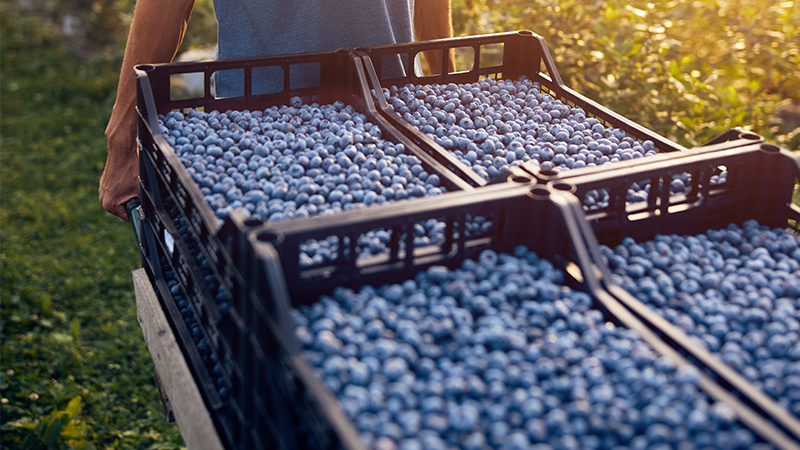Anthracnose Fruit Rot Can’t Hide From this Ag Tech Tool

Anthracnose fruit rot plagues blueberries, especially in Florida. To manage the disease, farmers normally spray the crop with fungicides, but on a calendar basis – in other words, every two or three weeks. So, a few years ago, University of Florida scientists developed the Blueberry Advisory System, a tool to help blueberry growers fight fruit rot – through a system of alerts. Now, researchers have proof the system works to help minimize fruit rot and improve crop yields.
When flowers and fruit are developing, many farmers use a calendar-based method to spray their plants to protect against the rot. With the Blueberry Advisory System, they spray when the tool sends them alerts. Notifications are received via text or email.
Growers also can use the risk assessments to choose whether to use a less-expensive fungicide when they encounter moderate disease risk, or a more effective but also more expensive product during high-risk periods. These features were adapted from the previously developed Strawberry Advisory System.
“Several Florida commercial blueberry growers have reported using the Blueberry Advisory System to help with the timing of fungicides to control anthracnose fruit rot, either by using the web-based tool alone or in combination with farmers’ own spray programs,” says Doug Phillips, UF/IFAS Blueberry Extension Coordinator.
UF/IFAS Plant Pathology Professor Natalia Peres and her research colleagues assessed the system at nine blueberry farms spread out over Dade City (Pasco County), Fort Lonesome (Hillsborough County), and Labelle (Hendry County).
Results were good. The system notified growers to spray fungicide when fruit rot was more likely to develop, and in most cases, they didn’t need to apply the sprays as often.
For more details, continue reading at blogs.ifas.ufl.edu.









